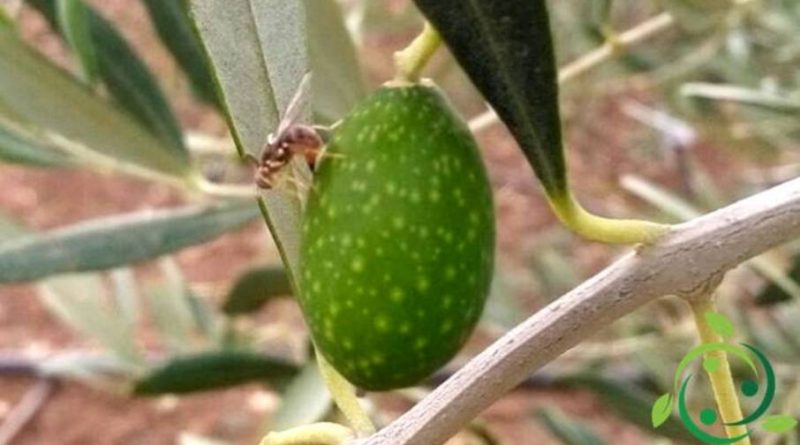Natural remedies against olive fly
Natural remedies against olive fly
To understand how to limit the damage of the olive fly, (Bactrocera oleae Gmelin, 1790), we must know that this is particularly active from the month of September (especially when temperatures range from 23 to 27 ° C).
The damage of this insect, as is known, is due to the puncture of the fly on the olive which causes an olfactory and qualitative damage especially for the production of olive oil, with quantitative and qualitative damages.
The control of this insect begins with an early monitoring. For safety, olive fly monitoring can start as early as mid-June (in the presence of mild winters and spring).
Monitoring is carried out by means of yellow chromotropic traps (which due to the color attract flies of both sexes) and traps with pheromones (which only attract males).
Leaving aside the methods that use pesticides that are going to make the ecosystem and the entomofauna even worse, let’s analyze the natural measures (biological struggle).
In general the first “biological struggle” consists in not specializing the olive grove and however, if this had already been done in the provision, in the presence of hedges with species repellent for the fly, to the presence of more herbaceous, arboreal and shrubby species in the plant, in not using early cultivars for the type of climate, in the non-use of nitrogen of chemical origin (other aspects must be analyzed from time to time with an expert technician not only of agronomy but of agroecology). The planting of an olive grove as any agricultural production does not respond to industrial quality systems but of ecological quality for which it must respect well-defined principles of agroecology (matter little known also by the technicians of the sector and little or not even studied in the Faculties of Agraria). Forget the immense expanses of monoculture: it is an ecological mistake without remedies.
Returning to the biological containment method, mass capture can be exploited with traps containing specific food attractants and built in the company.
To do this, get yourself a plastic bottle for every flies infested olive tree. Then drill two holes (10 mm in diameter) on the top of the bottle.
Food attractants can be of two types:
– solution based on wine vinegar (the one with the strongest smell) and three tablespoons of honey;
– solution, composed of water and fresh fish that, rotting inside the bottle, will attract flies.
At this point pour the solution into the bottles and helping yourself with the wire or a thick piece of raffia, hang the bottles on the branches of the plants. The flies, attracted by the smells of the bottle, will enter from the small holes and remain trapped there. In a short time the bottles will be full of flies and the olive trees incredibly clean.
Alternatively, the biological method involves the use of copper salts exploiting the indirect activity of control of the parasite, but copper, however, is a mineral to be taken with pliers because it has its own toxicity.
Among the parasitic insects of Bactrocera oleae we remember: Opius concolor, Pnigalio mediterraneus, Eupelmus urozonus, Eurytoma martellii, Cyrtoptyx latipes and Lasioptera berlesiana.
Guido Bissanti

